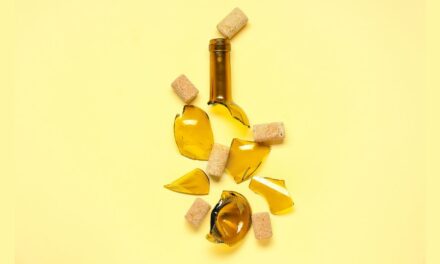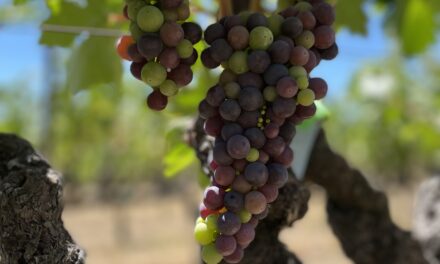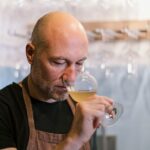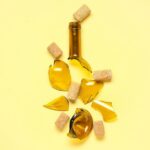I’m currently studying for my WSET Diploma and I have found this chapter in my studies to be very engaging. So we’re talking biodynamic vs natural vs organic. I get excited when I read about a producer that’s making steps to ensure the health of the environment and making healthy and sustainable wine. The modern approach to farming and winemaking is to ensure that the soils and the tiny ecosystems are healthy. In the cellar, more and more winemakers are moving away from the conventional winemaking practices of using chemicals. So let’s dive in!
Organic
- Grapes are organically grown without the use of herbicides, pesticides or chemical fertilizers.
- Viticulturalists do use compost, natural fertilizers (green manure) and promote the growth of cover crops (mustard seed!) to encourage biodiversity.
- Traditional remedies such as sulfur and copper sulfate will be used to combat mildew and pheromone tags will help disrupt mating patterns and ward off insects.
- In the winery, cultured yeasts are used and yeast nutrients (DAP-Diammonium Phosphate-a yeast nutrient) and the addition of tannins are allowed.
- Excludes any addition of SO2 and naturally occurring SO2 to be less than 10 mg/L.
- In the US, an organic wine is labeled with the USDA logo.
- In general, organic wine will most likely taste the same as regular wine and could be healthier due to healthier grapes. There will also be a warning sign for sulfites on organic wines. This is due to their natural formation during fermentation – but there will be no added sulfites by the winemaker.
Biodynamic
- A step up from organic practices but looks at the farm as an organism that is seeking balance between the worlds. The cycles of the vines follow the planets, moon and stars.
- Holistic remedies are used for strengthening the vineyards, you guessed it, horn manure. This is the process of stuffing a cow’s horn with cow manure and is believed to help the health of the soil.
- Sulfur and copper sprays to combat disease are still used but rarely.
- Another interesting technique used is ashing which uses the ashes of burnt weed seeds or harmful vineyard animals to ward off soil hazards.
- Biodynamic winemaking must include grapes grown biodynamically.
- Natural yeasts must be used and you cannot add in tannins or use certain fining agents like isinglass (fish bladders) or gelatine (derived from pork).
- Demeter is the governing certifying body for Biodynamic processes. Getting certified is expensive and can take a long time.
Natural
- “Nothing is added and nothing is removed” – simple and catchy.
- This practice involves very little manipulation by the winemaker.
- Fermentation is usually done with ambient yeasts (natural yeast found on the skins of the grapes) and with an absolute minimum of added SO2 or no sulfur added at all.
- Grapes are usually grown sustainably but most argue that grapes should be grown organically or biodynamically.
- There is no certifying body.
- The wines tend to be kind of hazy and have grape solids that have settled at the bottom of the bottle. Don’t worry, the wine is healthy to drink.
- No fining or filtering. This requires manipulations to the wine and the addition of a fining agent such as isinglass or bentonite.
- Helpful tip: let it breathe or decant to let the “funkyness” blow off.
These are just the major points of the three different practices. There is so much more that goes into it and if you’re interested in learning more about winemaking and viticulture practices, there are some helpful websites like Winemag or Vinfolio and books like Natural Wine by Isabelle Legeron.












